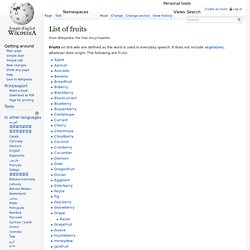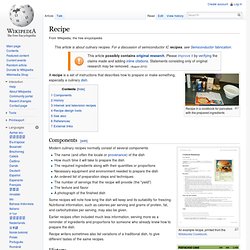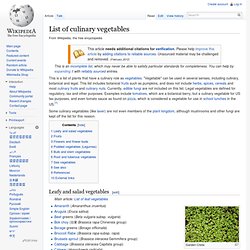

Tofu 101: Your Guide To All Things Tofu! Readers, meet tofu.

Tofu, meet readers. Welcome to Tofu 101: a guide to the what, why and how of all things tofu. Class is now in session! What Tofu is made similar to cheese, and starts with extracting soy milk from ground, cooked soybeans. The more the tofu is pressed, the firmer it becomes. Silken tofu is great for adding to smoothies or scrambling like eggs, while firm or extra firm (my fave) is best for using in everyday dishes. Why Tofu is a great source of protein for those looking for a meat alternative, and it’s also high in calcium, iron and contains no cholesterol. Plus, it’s so versatile! The nutrition and versatility is great, but the TASTE is what I really love. I also really like eating tofu raw, adding it to cold salads and such. What I’m sure you really want to know though is, what’s the texture like?
Now, I use a tofu press to press out even more of the water my extra firm tofu comes packed in, just to get it that much more firm, but it’s totally not necessary. How Wok oil. Raw Foodism. Vegan Food. Fruit. Mixed fruit Culinary fruits The section of a fungus that produces spores is also called a fruiting body.[4] Botanic fruit and culinary fruit Venn diagram representing the relationship between (culinary) vegetables and botanical fruits In the culinary sense of these words, a fruit is usually any sweet-tasting plant product, especially those associated with seeds; a vegetable is any savory or less sweet plant product; and a nut is any hard, oily, and shelled plant product.[5] Botanically, a cereal grain, such as corn, wheat or rice, is also a kind of fruit, termed a caryopsis. Fruit structure The outer, often edible layer, is the pericarp, formed from the ovary and surrounding the seeds, although in some species other tissues contribute to or form the edible portion.
Fruit development The development sequence of a typical drupe, the nectarine (Prunus persica) over a 7.5 month period, from bud formation in early winter to fruit ripening in midsummer (see image page for further information) Berries. List of fruits. List of fruits From Wikipedia, the free encyclopedia Jump to: navigation, search Fruits on this wiki are defined as the word is used in everyday speech.

It does not include vegetables, whatever their origin. The following are fruits: Retrieved from " Categories: Navigation menu Personal tools Namespaces Variants Views Actions Getting around Print/export Tools In other languages This page was last changed on 6 February 2014, at 08:12.
Recipe. Recipe in a cookbook for pancakes with the prepared ingredients Components[edit] Recipe with ingredients integrated into the method.

Modern culinary recipes normally consist of several components The name (and often the locale or provenance) of the dishHow much time it will take to prepare the dishThe required ingredients along with their quantities or proportionsNecessary equipment and environment needed to prepare the dishAn ordered list of preparation steps and techniquesThe number of servings that the recipe will provide (the "yield")The texture and flavorA photograph of the finished dish Some recipes will note how long the dish will keep and its suitability for freezing. Earlier recipes often included much less information, serving more as a reminder of ingredients and proportions for someone who already knew how to prepare the dish. Recipe writers sometimes also list variations of a traditional dish, to give different tastes of the same recipes.
Vegetables. In culinary terms, a vegetable is an edible plant or its part, intended for cooking or eating raw.[1] In biological terms, "vegetable" designates members of the plant kingdom[according to whom?].

Some vegetables can be consumed raw, while some, such as cassava, must be cooked to destroy certain natural toxins or microbes in order to be edible. A number of processed food items available on the market contain vegetable ingredients and can be referred to as "vegetable derived" products. These products may or may not maintain the nutritional integrity of the vegetable used to produce them. Etymology The word vegetable was first recorded in English in the early 15th century from Old French,[6] and was in origin applied to any plant. In 1767, the meaning of the term "vegetable" was specified to mean "plant cultivated for food, edible herb or root. " Terminology. List of culinary vegetables.
Leafy and salad vegetables[edit] Garden Cress Spinach in flower Miner's lettuce Fruits[edit] Flowers and flower buds[edit] Globe artichokes being cooked Artichoke (Cynara cardunculus, C. scolymus)Broccoli (Brassica oleracea)Caper (Capparis spinosa)Cauliflower (Brassica oleracea)Courgette flowers (Cucurbita spp.)Squash blossoms (Cucurbita spp.)

Podded vegetables (Legumes)[edit] Diversity in dry common beans Varieties of soybeans are used for many purposes. List of vegetables. List of vegetables.
